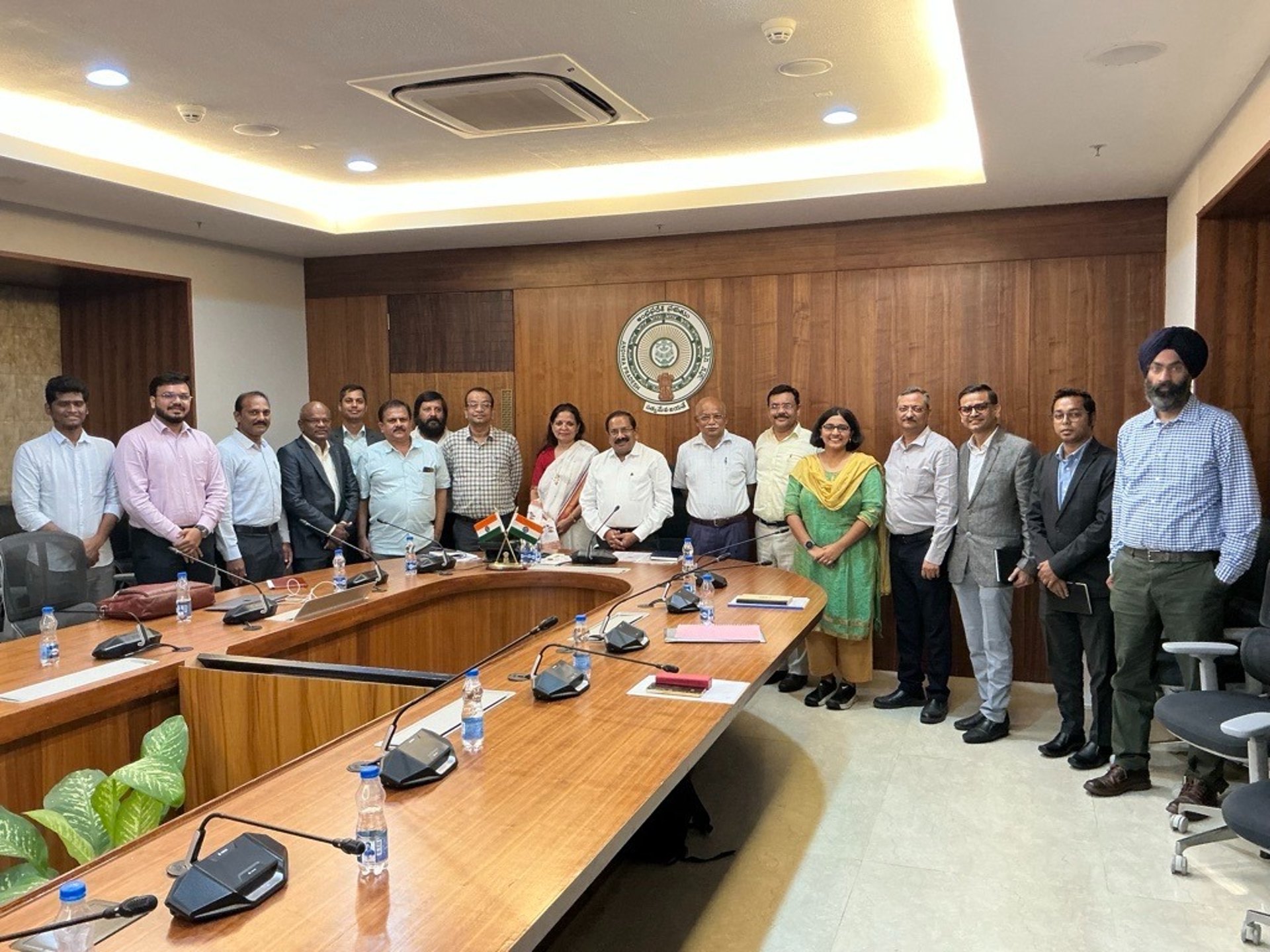
25.07.25
Andhra Pradesh Drives Economic Transformation Through Forest-Based, Women-Led Community Enterprises
The Initiative on the Forest Economy (IoFE) aims to build scalable, sustainable forest-based economic models that honour traditional stewardship and foster prosperity for forest-dependent communities across India. In pursuit of this vision, the Government of Andhra Pradesh (GoAP) and IoFE convened a high-level strategy meeting on 23–24 July 2025. The meeting marked a decisive move to strengthen the local economy and forest-based livelihoods of tribal communities.
Day One: Vision and Roadmap Meeting
Shri K Vijayanand, Chief Secretary to GoAP, chaired the meeting. Shri PS Pradyumna, Secretary to the Chief Minister, anchored the proceedings. Participating departments included the Tribal Welfare Department, GoAP; the Society for Elimination of Rural Poverty (SERP); and the Andhra Pradesh Forest Department (APFD).
The meeting established a comprehensive roadmap built on three foundational pillars:
1. Community Forest Resource Rights
This pillar focuses on the legal and institutional empowerment of tribal communities by recognising their Community Forest Resource Rights (CFRR) and customary forest-management practices. Stakeholders emphasised facilitating community management of customary forests and the sustainable harvesting of forest products to enhance livelihoods.
2. Formation of Women-Led Producer Companies
Under this pillar, GoAP will establish women-led, forest-based producer companies (PCs) through comprehensive capacity-building programmes. These PCs will then collaborate with corporate partners to secure direct market linkages.
3. Technology-Enhanced Forest Management
This pillar prioritises statewide inventory-mapping exercises, implementation of anti-overharvesting monitoring systems, and adoption of data-driven sustainable harvesting protocols. APFD will lead this rollout and receive the necessary technological tools to monitor overharvesting.
A statewide launch is expected soon, converging around these three pillars.
Strategic Focus Areas
On the second day, government officials, corporate representatives, and the IoFE team explored market demand and diversification opportunities in forest-based economic activities. They focused on four key sectors: bamboo construction and furniture; renewable energy and biofuels; consumer products and manufacturing; and logistics and transportation.
Industry Partners
Key industry partners representing the four sectors were:
Bamboo construction and furniture: JANS Bamboo Products Private Limited
Renewable energy and biofuels: A2P Energy, VS Lignite Power Private Limited, and Ecoren Energy
Consumer products and manufacturing: ITC Limited and UltraTech Cement Limited
Logistics and transportation: Shree Krishna Stevedores Private Limited
Bamboo Resource Potential in ASR District
The forests of the Alluri Sitharama Raju (ASR) district offer one of India's most significant bamboo resources. They comprise 25,000 hectares of bamboo-rich landscapes and 11,000 million tonnes of sustainable bamboo. A legally secured CFRR framework and robust community infrastructure further support sustainable harvesting across the region.
Triple-Win Model for Inclusive Growth
For industries: Under this model, industries gain secure, traceable, and large-scale access to high-quality bamboo, with seamless first-mile supply-chain integration. This reliable raw-material stream supports diverse sectors—paper and pulp, textiles, bioenergy, furniture, and construction—while ensuring transparency and consistency from forest to factory.
For forest-dependent communities: The model enhances income through tenure-based ownership, creates entrepreneurial opportunities via women-led PCs, and promotes skill development and capacity-building programmes.
For the environment: It encourages sustainable forest management practices, strengthens biodiversity conservation, and aligns with climate goals through carbon sequestration.
Over several months, IoFE collected ground truth data and extrapolated the bamboo estimation of the ASR district, including the types of bamboo, using the nCount platform. This high-confidence inventory methodology is now being scaled across additional districts, supported by technical assistance from APFD.
This two-day meeting has laid the groundwork for transformative, forest-based economic growth in Andhra Pradesh. By aligning legal rights, institutional support, and technology, GoAP and IoFE will drive sustainable prosperity for forest-dependent communities across the state.
